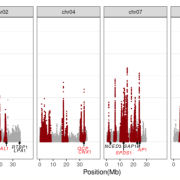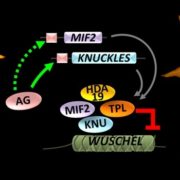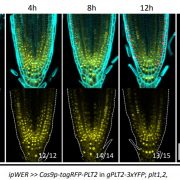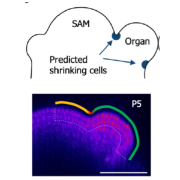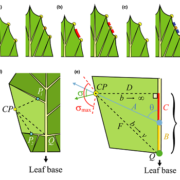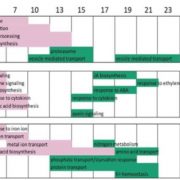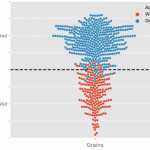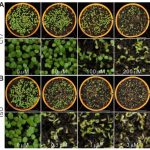High-temporal-resolution transcriptome landscape of early maize seed development (Plant Cell)
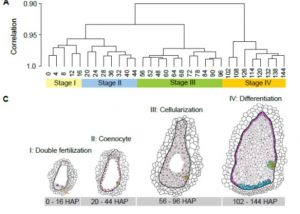 Seeds determine the yield and quality of the plants. In maize, seed development initiates from a double fertilization event where one pollen sperm fuses with the egg and the other with the central cell of female gametophyte to produce the progenitors of embryo and endosperm, respectively. The embryo carries genetic information to the next generation, and the endosperm serves as a storage tissue for seedling development. In maize, primary endosperm first undergoes several rounds of cell division without cytokinesis to form the coenocyte (a multinucleate cell), which subsequently undergoes cellularization and differentiation. Identifying the genes involved and their functions will provide insights into the genetic control of seed development and enables the improvement of seed traits. Given this, Yi et al. have constructed a high-temporal-resolution dynamic transcriptome landscape of early seed development using 31 samples collected at an interval of 4 or 6 hours within the first six days of seed development. The study revealed the genes involved in the key steps of double fertilization (4453 genes), coenocyte formation (1285), cellularization (2569) and differentiation (3614). The study also identified 1093 seed-specific genes including 110 transcription factors (TFs) among which MYB131, MYB16 and BZIP109 are critical for endosperm cellularization and MYBR81, BZIP46 and HB118 are involved in endosperm differentiation. However, further functional characterization is required to understand the precise roles of these genes and TFs in seed development. Altogether, the study provides a high-temporal-resolution atlas of gene expression that occurs in the first few days of seed development in maize that would be useful in identifying the vital players involved in determining each specific cell types of the early seed development. (Summary by Muthamilarasan Mehanathan) Plant Cell 10.1105/tpc.18.00961
Seeds determine the yield and quality of the plants. In maize, seed development initiates from a double fertilization event where one pollen sperm fuses with the egg and the other with the central cell of female gametophyte to produce the progenitors of embryo and endosperm, respectively. The embryo carries genetic information to the next generation, and the endosperm serves as a storage tissue for seedling development. In maize, primary endosperm first undergoes several rounds of cell division without cytokinesis to form the coenocyte (a multinucleate cell), which subsequently undergoes cellularization and differentiation. Identifying the genes involved and their functions will provide insights into the genetic control of seed development and enables the improvement of seed traits. Given this, Yi et al. have constructed a high-temporal-resolution dynamic transcriptome landscape of early seed development using 31 samples collected at an interval of 4 or 6 hours within the first six days of seed development. The study revealed the genes involved in the key steps of double fertilization (4453 genes), coenocyte formation (1285), cellularization (2569) and differentiation (3614). The study also identified 1093 seed-specific genes including 110 transcription factors (TFs) among which MYB131, MYB16 and BZIP109 are critical for endosperm cellularization and MYBR81, BZIP46 and HB118 are involved in endosperm differentiation. However, further functional characterization is required to understand the precise roles of these genes and TFs in seed development. Altogether, the study provides a high-temporal-resolution atlas of gene expression that occurs in the first few days of seed development in maize that would be useful in identifying the vital players involved in determining each specific cell types of the early seed development. (Summary by Muthamilarasan Mehanathan) Plant Cell 10.1105/tpc.18.00961


